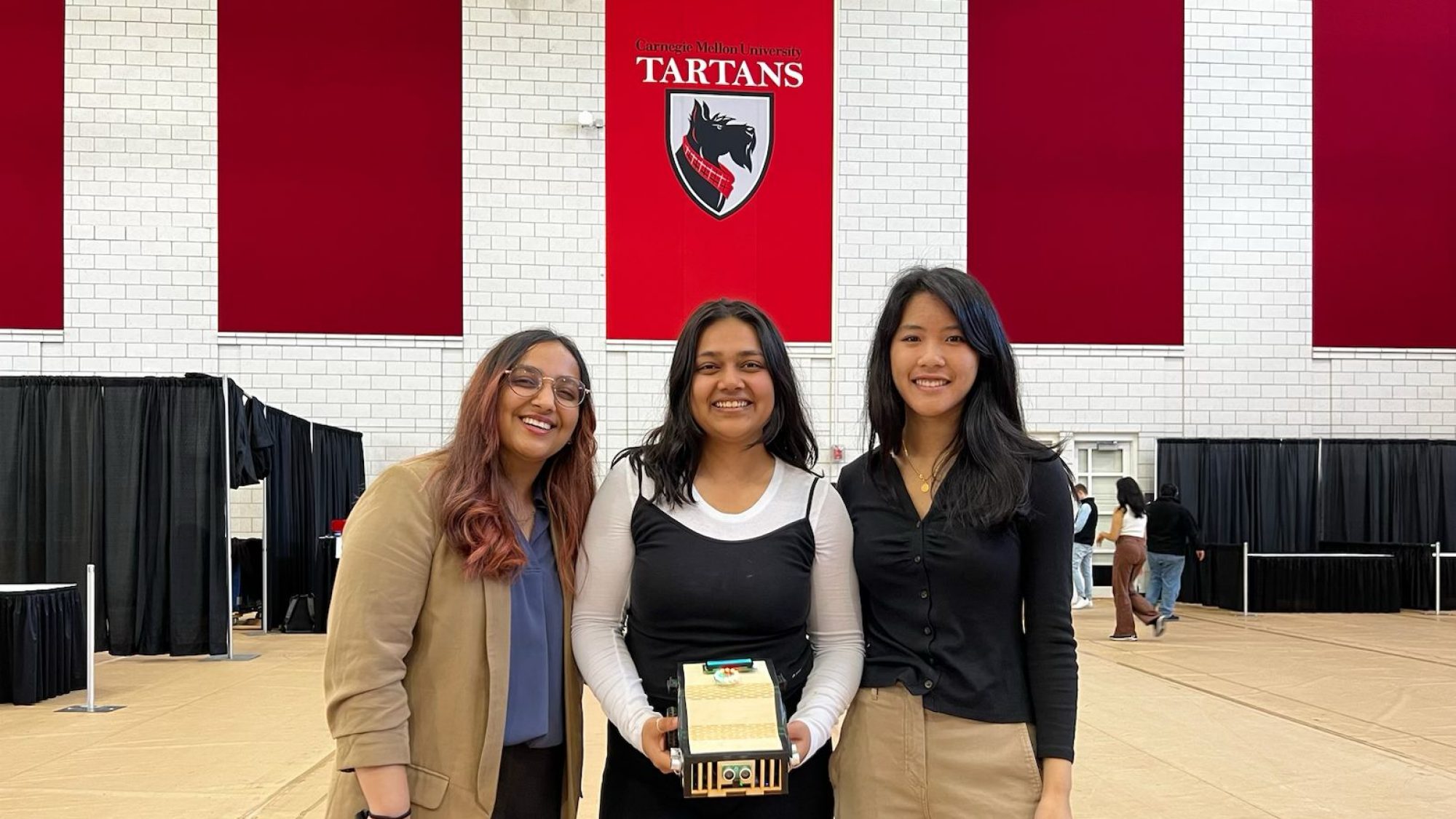This past week I focused on researching different sensor modules and robot chassis for our use-case scents and shortlisted parts for ordering. I also worked on the CV pipeline for finding centroids of various objects on a map by thresholding and segmenting. The model takes in a raw camera image, maps it to a 4×4 grid, and finds the centroid coordinates of each object on the map. The code still needs to be tested with the images from the actual camera that we will end up using. Since we are behind on ordering parts, I think robot assembly + CAD will have to be completed within the next week, which is why I decided to work on the segmentation section this week. By next week I aim to finalize the robot CAD and assemble the robot and also start thinking about path planning logic.
Team Status Report for 2/11
This week, we delivered our proposal presentation. Based on the feedback we received, we are considering changing the design of the path planning system to rely more on the sensor module to find the scented objects without the assistance of an overhead camera to communicate the locations of objects. The feasibility of this strategy depends heavily on the performance of our sensors, so we will wait until we can test with the actual sensors before fully committing to any design changes.
We currently envision the sensitivity of our sensors to be a concern in the near future. We are planning on mitigating this risk by spending more time calibrating the sensors well and reading up on documentation provided by Seeed and Adafruit. We may also revise our path planning strategy in case the sensitivity of the sensors (in terms of distance) does not meet our requirements.
Because of the proposal presentations this week and the release date of the part ordering form, we have shifted a few items in our schedule to the following week. We plan to start the robot design next week as well as the field construction in addition to the items we already have scheduled.
Our project includes considerations for public safety. We want to ensure that our robot can path plan correctly around potential hazards without running into them or causing spills. Our use case of helping people with anosmia also lends to the positive impact we’re aiming to have on public health and welfare.
